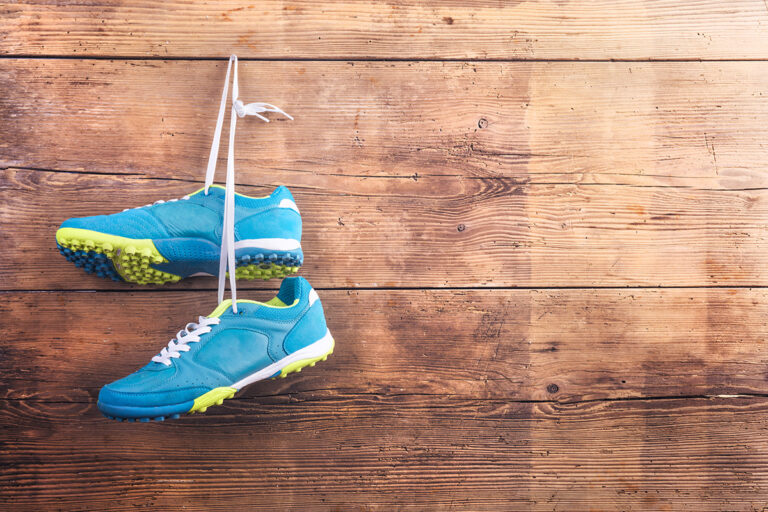What equipment is needed for futsal?
Futsal: the court-based, 5-a-side football game is the fastest-growing indoor sport on the planet. From grassroots schemes in countries such as the USA, UK, and Denmark encouraging footballers of all ages, genders, and abilities to give futsal a try, to the nations that have adopted the sport for years and even have their own professional leagues, such as Spain and Brazil, the indoor sport is capturing the imagination of millions across the globe.
With the 2024 UEFA World Cup in Lithuania just around the corner, there has never been a better time to feel inspired and give the sport a try. Futsal’s older brother, football, amassed global popularity through its easy routes to access; unlike in many other sports, there isn’t a requirement for expensive equipment or state-of-the-art facilities at its lowest levels, meaning nearly everybody is able to be part of the beautiful game.
Futsal, in this respect, is similar. There are few costly pieces of equipment required to play Futsal competitively, but your kitbag will consist of a few slightly different items to football. Let’s talk you through them.
FOOTWEAR
As you can imagine, the studs of your football boots are not going to be stomping around the hard indoor futsal court. For futsal, you’ll need AstroTurf trainers at the very least, but specifically designed indoor football shoes are preferable.
Indoor football shoes are designed to provide grip, comfort, and support while twisting and turning around opposition defenders on the futsal court. Most major boot manufacturers, such as Nike, Adidas, and Puma, produce indoor football shoes, so check out their range to see which suits you best.
BALL
Most amateur futsal clubs will provide a ball for you during training sessions and matches, but you’ll want something to practice with away from the court. Futsal balls are heavier, bounce less, and are designed to improve a player’s ball control, dribbling skills, and wider technical abilities. Futsal balls are rarely, if at all, controlled with the chest or head.
While professional futsal is played with a size four ball, younger age groups often use a size three. Most sports and football retailers sell futsal balls, so consider what ball is most appropriate for your age, strength, and ability.
COURT HIRE
If you’re looking to set up your own game of futsal, you’ll need to find a court. Since futsal courts share dimensions similar those used in sports such as basketball and handball, most standard sports halls in the UK and USA will function adequately. However, it is important to remember when searching for sports halls that futsal is supposed to be played on a 40x20m court and doesn’t play off the walls, so make sure your chosen venue has enough space.
GOALS
Another item you’ll need to be wary of when selecting a venue to play futsal is the type of goals, they have available. Outside of countries where futsal is widely played in every sports hall, this can sometimes create challenges for game organisers. Many sports halls in the UK, for example, only have wide, low 5-a-side goals, which is a completely different shape to what is used in futsal.
Many coaches and game organisers bring pop up 3x2m futsal goals to matches. Pop up goals are portable, easy to set up in a matter of seconds, and can be used in any given sports halls.
CONCLUSION
Futsal’s low barriers to entry are one of several reasons why it’s the fastest growing sport in the world. But organisers must remember the sport is different to football and can require a little more thought and preparation than what might be required for a standard 5-a-side game.

